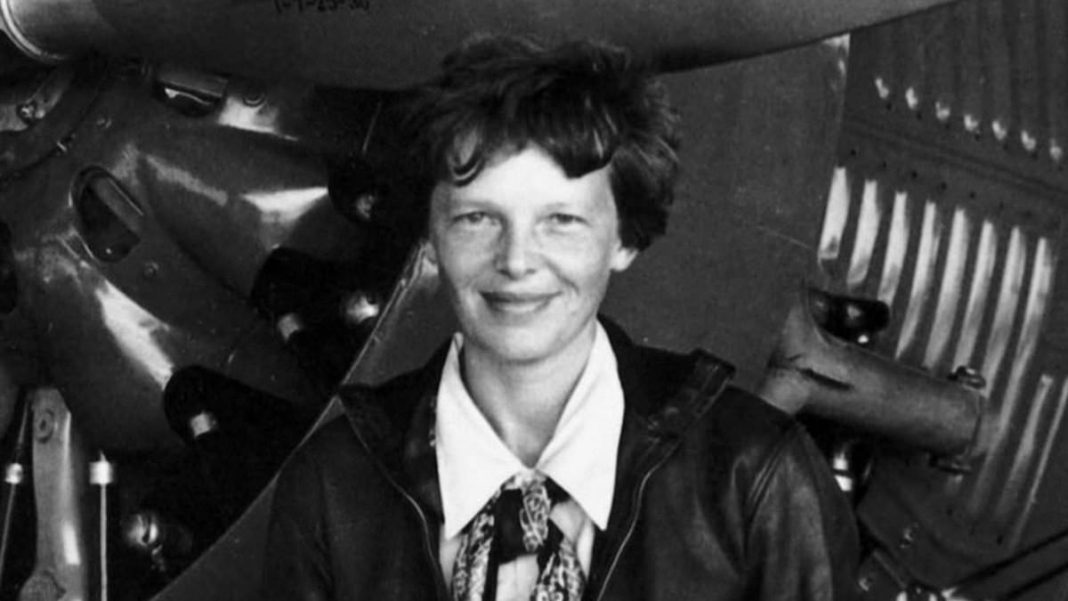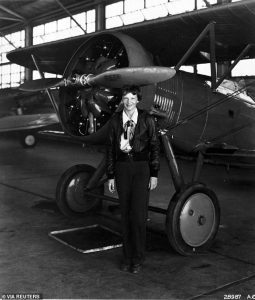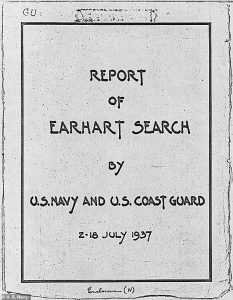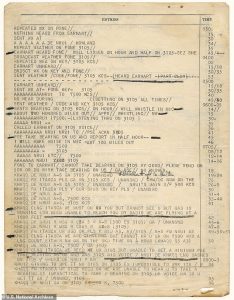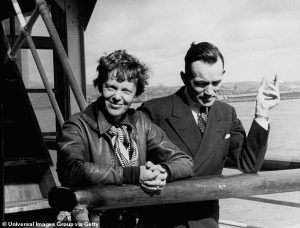Amelia Earhart’s Final Desperate Radio Calls Revealed in Declassified Files
Newly declassified US intelligence documents have exposed the heartbreaking final moments of Amelia Earhart’s last flight, revealing her increasingly desperate radio pleas for help before vanishing over the Pacific Ocean in 1937.
Key Takeaways
- Earhart’s final transmissions show her circling lost and low on fuel near Howland Island
- A critical 2-minute radio frequency delay hampered rescue efforts
- US listening posts in Hawaii detected a faint “echo” of her voice
- Documents debunk theories of Japanese capture and execution
- Plane was burning fuel 20% faster due to excess weight
The Final Transmission
On July 2, 1937, Earhart made her last confirmed radio contact with the US Coast Guard cutter Itasca at 8:43 AM local time. She reported being near Howland Island but critically low on fuel, asking the ship to act as a “giant radio compass” to guide her in.
“We are on the line 157-337… circling but cannot hear you… Go ahead on 7500,”
Her final words included a plea to repeat messages on 6210 kHz: “Will repeat this message… Wait.”
Critical Rescue Delay
The declassified National Archives records reveal the Itasca crew took two crucial minutes to switch their equipment to the correct frequency (7500 kHz) needed to guide Earhart. During this delay, she continued circling blindly through heavy cloud cover, unable to spot the island or the ship’s smoke screen.
New Technical Revelations
The documents confirm several factors contributing to the tragedy:
- Weather conditions: “Continuous heavy cumulus cloud banks” obscured visibility
- Navigation drift: Overcast skies forced her through clouds overnight
- Mechanical issues: Fuel mixing problems discovered during pre-flight inspection
- Excess weight: The plane burned fuel 20% faster than expected
Massive Search Operation
The US Navy launched its largest-ever search operation at the time. On July 4, 1937, Coast Guard dispatchers transmitted urgent messages hoping Earhart was still alive, using “every possible means to make contact.”
A poignant message from July 5, 1937, described how “Amelia spoke at length, as if seeking a confidant. Those who admired her courage could hear it in her measured words.”
Enduring Mystery
While the documents provide unprecedented detail about Earhart’s final hours, aviation historians note they don’t definitively solve the 88-year-old mystery. The files do, however, humanize the chaotic search efforts and eliminate several long-standing conspiracy theories.
Earhart’s disappearance while attempting to become the first woman to fly around the world remains one of aviation’s greatest unsolved mysteries.


